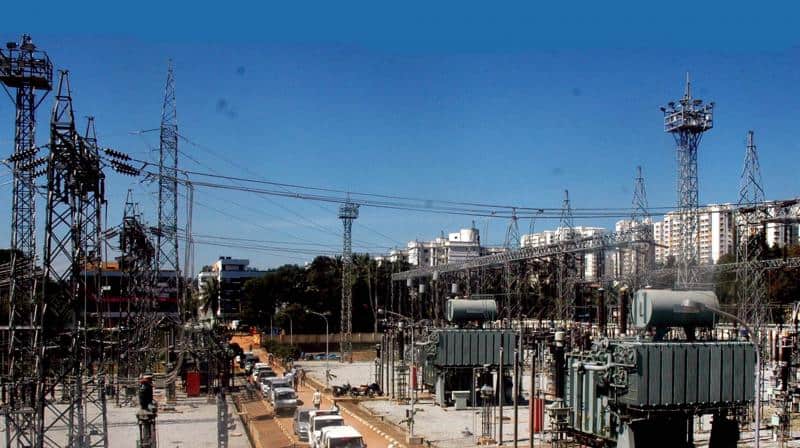New Delhi: Power rates for commercial and industrial consumers are poised for a drop because states have resolved to prepare a road map to reduce cross subsidies, in line with the Tariff Policy, by March 2018. The policy as amended in January 2016 provides for lower cross subsidy at a below 20 per cent level. The cross subsidy is the difference between the highest and lowest tariffs. Industrial and commercial consumers pay higher tariff because domestic, farm and other users get power at subsidised rates. At present, there are states where tariff slabs number as high as 19.
Yesterday, at a conference of ‘Ministers for Power and New and Renewable Energy of States & Union Territories’ here, the states agreed to bring down the cross subsidy part. The states have resolved in the conference to “prepare a road map for reduction of cross subsidies as per Tariff Policy by March 2018 and bring in… reforms by simplification of consumer tariff categories and rationalisation of electricity tariff”, read a statement from the power ministry on Friday.
The reasoning of a senior official was industrial and commercial consumers often pay higher tariff to cross subsidise what other consumers pay, which needs to be rationalised. The official said further this is required for the overall economic growth of the country because energy is one of the inputs for industrial production and commercial businesses. Under the UDAY scheme meant for revival of discoms, states are committed to limiting their distribution losses to below 15 per cent, which will also help push down tariff.
PTI

